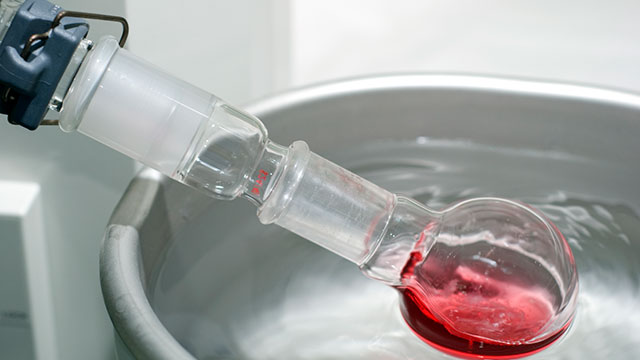These devices are essential for concentrating and purifying substances in chemical, pharmaceutical, and research settings. As technology advances and the demands of industries evolve, the future of rotary evaporator technology is poised for significant innovation. Several trends and predictions indicate where this technology is headed, focusing on enhanced efficiency, automation, sustainability, and integration with digital technologies. One of the most anticipated advancements in rotary evaporator technology is the improvement of energy efficiency. Traditionally, rotary evaporators rely on a combination of vacuum, heat, and rotation to evaporate solvents. However, the process can be energy-intensive, particularly in large-scale operations. Future rotary evaporators are expected to incorporate more energy-efficient designs, including advanced vacuum pumps that require less power and optimized heating systems that reduce energy consumption. The use of alternative energy sources, such as solar or thermal energy, might also become more prevalent, especially in regions with abundant natural resources. These improvements will not only reduce operational costs but also align with global sustainability goals by minimizing the environmental impact of laboratory processes.

Automation is another key area where rotary evaporator is likely to see substantial development. As industries push for higher throughput and consistency, the integration of automated systems in rotary evaporators will become increasingly common. These systems will enable real-time monitoring and adjustment of parameters such as temperature, pressure, and rotation speed, ensuring optimal conditions throughout the evaporation process. Automated solvent recovery systems are also expected to improve, allowing for more efficient recycling and reuse of solvents, thereby reducing waste and operational costs. Moreover, automation will facilitate the handling of more complex and delicate materials, which require precise control over evaporation conditions. The push towards sustainability is expected to influence rotary evaporator technology in other ways as well. The development of more environmentally friendly materials for construction and the design of rotovaps with smaller ecological footprints will likely gain traction. Manufacturers may also focus on reducing the need for hazardous chemicals in the evaporation process, exploring alternative solvents that are less harmful to both the user and the environment.
This shift will be driven by increasing regulatory pressures and the growing demand from industries for greener, more sustainable laboratory practices. Digital integration and connectivity are also poised to revolutionize rotary evaporator technology. The incorporation of Internet of Things capabilities will enable remote monitoring and control of rotary evaporators, providing users with the ability to oversee operations from virtually anywhere. Data analytics and machine learning could be employed to predict equipment maintenance needs, optimize process parameters, and enhance overall system performance. This digital transformation will not only improve the efficiency and reliability of GWSI rotary evaporators but also create opportunities for more advanced research and development by providing deeper insights into the evaporation process. In conclusion, the future of rotary evaporator technology is set to be defined by significant advancements in energy efficiency, automation, sustainability, and digital integration. As these innovations take hold, rotary evaporators will become more efficient, cost-effective, and environmentally friendly, ultimately enhancing their utility across various industries. The continuous evolution of this technology will ensure that rotary evaporators remain a critical tool in laboratories, adapting to meet the changing needs of science and industry in the years to come.